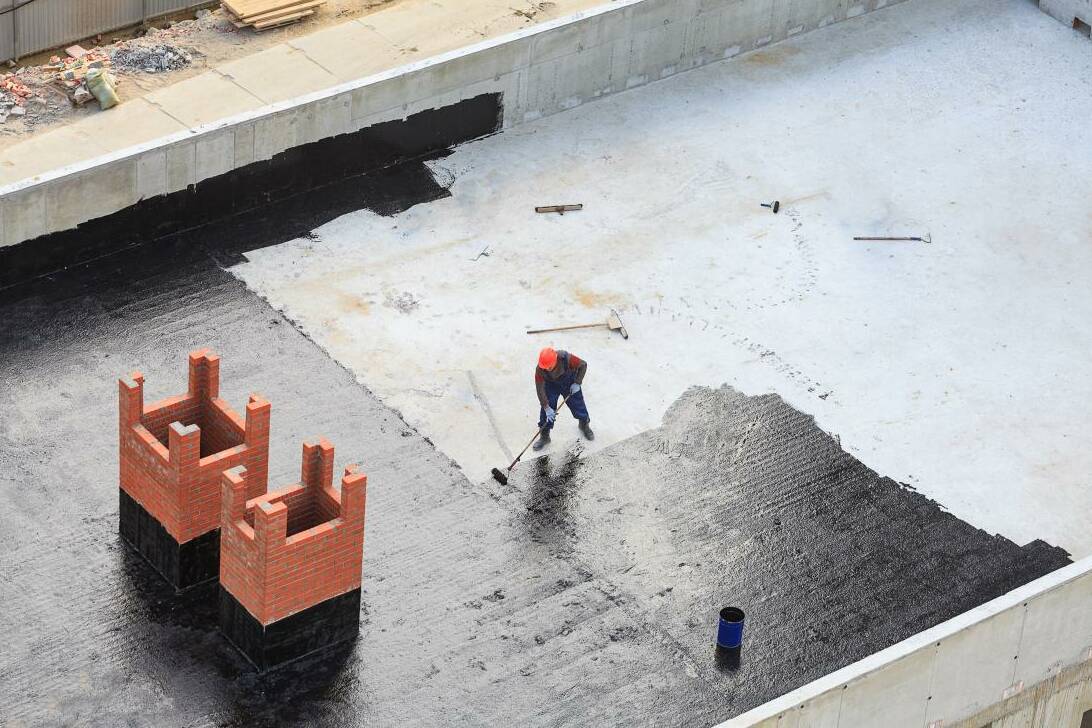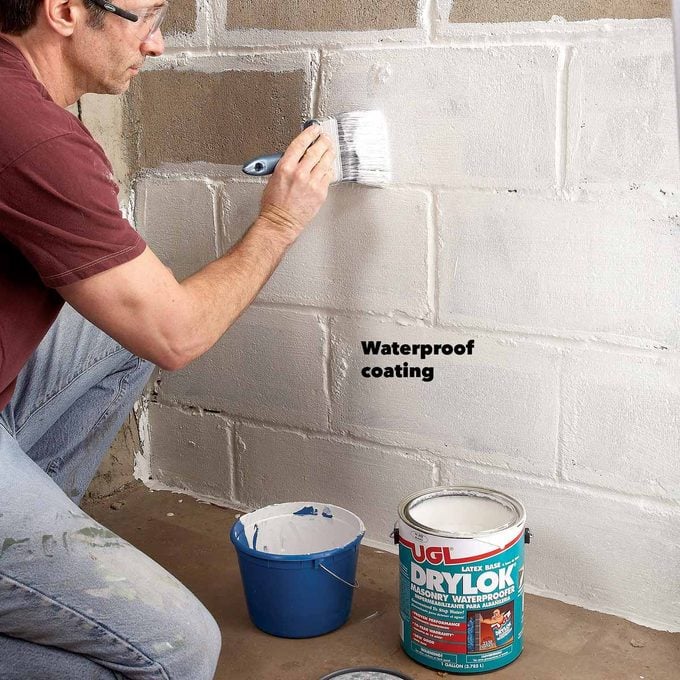The smart Trick of Waterproofing Auckland That Nobody is Talking About
Table of ContentsAll About Waterproofing AucklandWaterproofing Auckland Things To Know Before You BuyThe Buzz on Waterproofing Auckland7 Simple Techniques For Waterproofing AucklandWaterproofing Auckland - An OverviewThe Basic Principles Of Waterproofing Auckland
Waterproofing buildings is the method of creating an obstacle over surface areas of foundations, roofings, walls and other structural participants of structures to protect against water infiltrations with these surfaces. In summary, developing surfaces are made water-resistant as well as water resistant. Research has actually revealed that waterproofing only accounts for 1% of a structure's building and construction expenses but when ignored, it can be in charge of virtually 90% of the damage.
You require to make sure that you obtain the ideal types of waterproofing products for your special needs. To aid you in the choice process, listed below are the 5 sorts of waterproofing in construction: Cementitious waterproofing items are thought about as the simplest waterproofing materials to utilize. These are easily available from distributors of masonry products like, and also they're simple to mix and also apply.
Polyurethane fluid membrane technique of waterproofing is usually made use of for the flat roofing location as well as revealed to weathering. This kind of waterproofing product is really conscious dampness content present. Prior to application, it is crucial to be extra careful in examining the wetness material of the concrete slab, or else peeling or de-bonding of membrane layers may take place after some time.
It provides extra flexibility than the cementitious kinds of waterproofing. At the end of the day, there are several distinct sorts of waterproofing materials in the marketplace. Some are much more efficient than others. With this in mind, it is essential to understand that not every one of them are equal. For that reason, you have to take a while to discover which one is mosting likely to function best for your individualistic project demands.
The Main Principles Of Waterproofing Auckland
Just how does cellar waterproofing job? Inside basement waterproofing works by attending to water infiltration where it materializes itself inside your home. After completely taking a look at any type of leak-prone internal areas, employees produce a trench in the cellar flooring that runs alongside the afflicted location. They put a drainage system in this trench, directing water away from the basement inside, as well as secure the trench with concrete to recover the look of the original foundation floor.

Outside cellar waterproofing techniques relieve this stress by rerouting water into a gravel-covered footing drainpipe, which brings it away from your house. While both approaches of cellar waterproofing job well, they take care of the issue in different ways. Inside cellar waterproofing remains a popular alternative original site because of its relatively affordable price factor, while exterior basement waterproofing functions for home owners who like to avoid interior building work.
Contact us today to read more regarding the basement waterproofing job we perform for Georgia homeowners.
The Ultimate Guide To Waterproofing Auckland
Interior areas of our residence must be maintained completely dry from roofing system to cellar. Waterproofing the house before building and construction will stay clear of these issues. If you water-proof your home, it will avoid damages later on.
y. It helps minimize moisture inside the residence and also consequently secures points inside your home from damage caused due to humidity or water direct exposure. It is also important for the veracity of the structure. Depending on the level of water damage or owner preference, waterproofing systems can be set up inside your home or outdoors.
The poly acrylic chemical remedy is prepared which is utilized to seal the damage or leak on the wall and balcony which will be a strong waterproof base as well as protect and preserve the toughness of any type of structure. This is done by a highly educated specialist team. You need to make certain that top quality products are utilized for the procedure.
The final action is to place two coats of poly acrylic chemical with white concrete externally. is perfect for structures and frameworks that are currently having leak or damages as well as for brand-new frameworks to avoid leak in future. This process assists in maintaining the life and also quality of the structure and also makes sure that there is no damages to the building as a result of the rains.
What Does Waterproofing Auckland Mean?

Apply a more thick cement slurry over the surface of surface area slab. Over this coat, use a finishing layer with concrete sand mortar 1:4 as well as water-proofing compound as per the design.
Include color pigments such as red, eco-friendly, etc based on the demand for an eye-catching coating. Make a side in between the parapet and the sloping slab on the 2nd day. Cure this waterproofing for fifteen days, with damp gunny bags spread out over it. Constant watering is called for on a sloping slab.
All about Waterproofing Auckland
Inspect the density of the Shahbad ceramic tiles. It ought to be in between 32mm to 40mm (1 1/4 to 1 1/2). Preserve the break joint pattern while taking care of the Shahabad floor tiles for the base. After dealing with the Shahabad floor tiles, grout the joints with cement slurry completely. Seal the joints between the Shahabad tiles with the help of C.M.
For the cellar, the arrangement of seamless gutter as well as sump is made in P.C.C. itself as well as Shahabad base is likewise prepared in the exact same style. The gutter is given a proper slope in the direction of the sump. This provision is a safety net versus the occasional entry of rain in the cellar. Over the plastered Shahabad base, raft slab is cast as well as the R.C.C.
Rough Shahbad ceramic tiles are then fixed to the upright pardi from the outside. Apply neat concrete paste on the four edges and also in the center of the 25mm (1) Shahabad tile, Press this ceramic tile strongly over the R.C.C. pardi in line as well as degree. At once, fix just a height of 1.
Little Known Facts About Waterproofing Auckland.
filled with concrete slurry and no even more slurry try this website is absorbed. Heal it for at the very least 7 days, a minimum of 10 times a day. After curing, provide the final jointless waterproof plaster layer in C.M. 1:4 over the harsh Shahabad. The entire procedure discussed above forms a box around the structure and also does not enable any type of water to leak with or leakage from the basement.